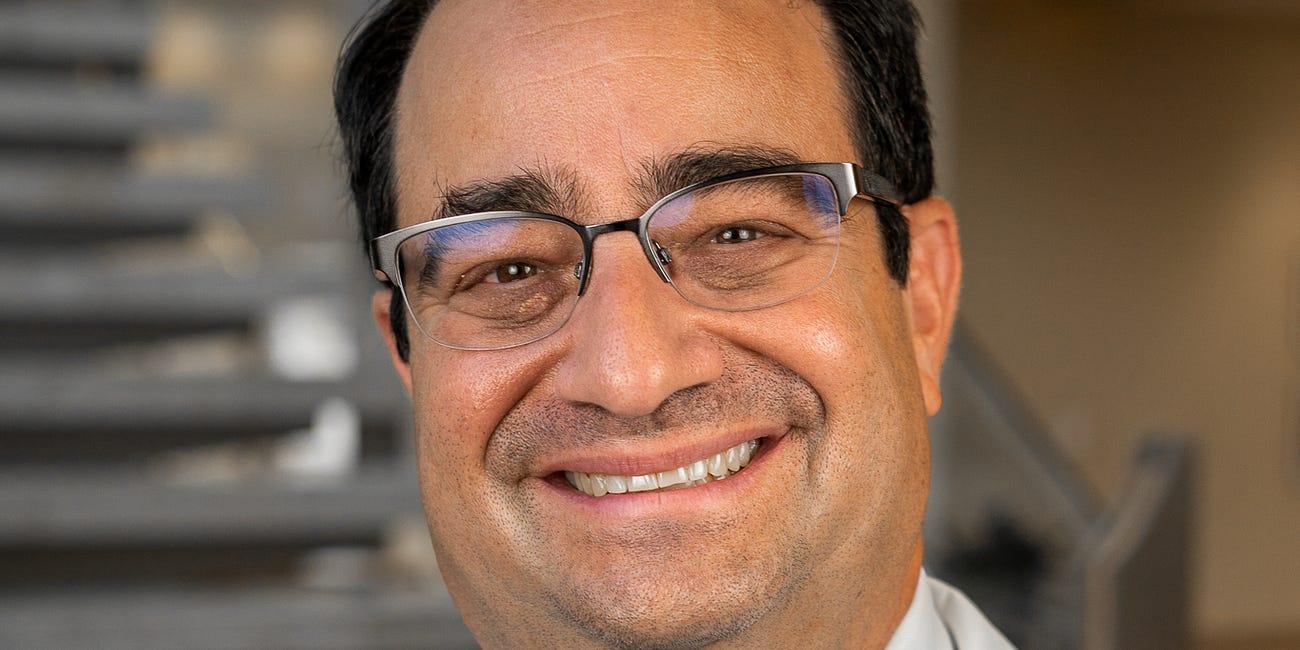The year that was at The Active Surveillor: Top 10 stories
By Howard Wolinsky
A false alarm on King Charles and the death of a controversial doctor who promoted a a diet for prostate cancer were chart toppers in news stories appearing in The Active Surveillor in 2024.
Here’s a curated breakdown in descending order of The Active Surveillor’s “top 10” in 2024 based on readership:
10. 'Eating right' can help Active Surveillors avoid progression of Gleason scores. 2.82k.
9. Lifting the 'burden of AS' with prebiopsy MRIs & biomarkers to avoid unnecessary biopsies, diagnoses, treatment. 3.6k.
8.
Master pathologist offers a primer on prostate biopsy
(Note: Dr. Ming Zhou’s column provides a short course on prostate pathology for patients with prostate cancer. His “The Pathology Report” column demystifies the prostate biopsy pathology reports to help patients like you and me understand how the pathology results may influence prostate cancer management decisions. At a reader’s request, Ming here is pr…
3.4k.
Up yours. The case against DREs. Uro-heretic Bert Vorstman, MD, and Ron Piani, co-author of “The Great Prostate Hoax,” sound off. 3.5k
Part 2: Up yours. The case against DREs.
·(Can you answer the anonymous questionnaire on your thoughts on DREs? Go here: https://forms.gle/QVXTXmuTrHjTppKq8 )
Breaking: Renowned uropathologist Dr. Jonathan Epstein to appear on panel at TheActiveSurveillor's Jan.4 webinar. 4.1k.
UCLA researchers report low omega-6/ high-omega 3 diet with fish oil supplement slows cancer cell growth in AS patients, 4.2k.
Expert deep dives Decipher, Prolaris, GPS, Artera AI--tests to guide prostate cancer decisions. 4.7k.
Expert deep dives Decipher, Prolaris, GPS, Artera AI--tests to guide prostate cancer decisions
[The National Comprehensive Cancer Network (NCCN) recently made news when it named the genomic/somatic test Decipher Prostate Genomic Classifier as the first test of its kind to be recognized as having high-level evidence of benefit. That seemed to me to give Decipher an edge in what I see as a competition for patients’ cores to be tested. I asked Decip…
RIP: Dr. John McDougall, controversial advocate for plant-based diet to prevent prostate cancer and other chronic diseases. 6.36k.
Why Prostate Cancer Testing and Treatment is a Public Health Disaster--How the herd mentality created a false prostate cancer narrative. Dr. Bert Vorstman, the urology heretic, roars. 6.54k.
King Charles III, 75, of England has been diagnosed with “a type of cancer” following his benign prostatic hyperplasia (BHP) surgery last week. He has called off his public-facing duties and is undergoing unspecified treatment. To date, the Palace only has disclosed that King C has the Big C, but not what kind, 62.1k.
Tick-tock. Do you want to attend the Jan. 4 AS year-in-review webinar, featuring four top prostate experts. You need a paid subscription, Click the blue box.
The Active Surveillor is a reader-supported publication. To receive new posts and support my work, consider becoming a free or paid subscriber.
If you feel you can’t afford one, please contact me at Howard.wolinsky@gmail.com. I know a guy who can get you in.)
MRI-invisible lesions: A good sign—like a Gleason 6?
By Howard Wolinsky
Did you know that it’s possible for prostate cancer can spotted by a pathologist but the lesion can be invisible in an MRI?
Is this a good thing? Many researchers think it is a good thing.
Dr, Mark Emberton, Professor of interventional oncology at University College London and Dean of its Faculty of Medical Sciences, will be speaking to the ASPI webinar on Saturday, January 25, 2025, from noon – 1:30 p.m. Eastern (5:00pm-6:30pm UK time), about MRI-invisible lesions. Emberton is a pioneer on the use of MRIs in diagnosing, classifying and monitoring prostate cancer.
Don’t be invisible. Register here: https://zoom.us/meeting/register/tJYldu-qqzojGNEzCkgPQuTOWYGhcL80Dhec'
MRI-invisible lesionms are considered a good thing, comparable to Gleason 6.
Professor Emberton’s clinical research is aimed at improving the diagnostic and risk stratification tools and treatment strategies for prostate cancer (PCa). He specializes in the implementation of new imaging techniques, nanotechnologies, bio-engineering materials and non-invasive treatment approaches, such as high intensity focused ultrasound and photo-dynamic therapy.
His research has been published in over 300 peer-reviewed scientific papers in journals including BMJ, Lancet Oncology and European Urology. He has also contributed to the development of guidelines for the management of PCa and lower urinary tract symptoms, published by the International Society of Geriatric Oncology and the European Association of Urology.
If you have questions, please send them to: contactus@aspatients.org







